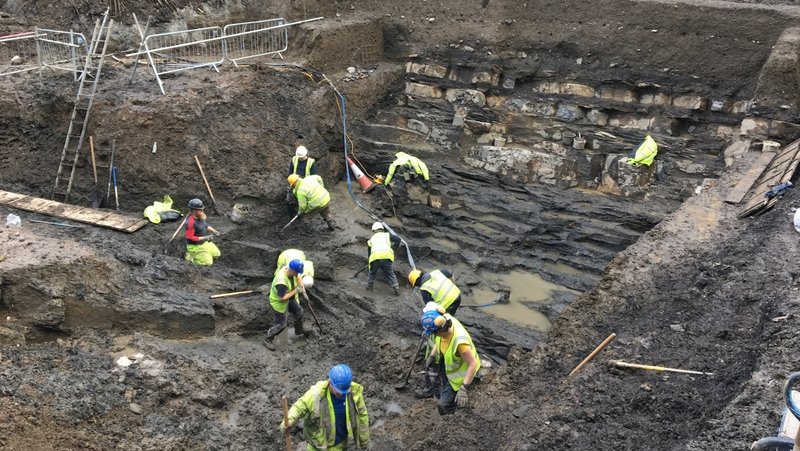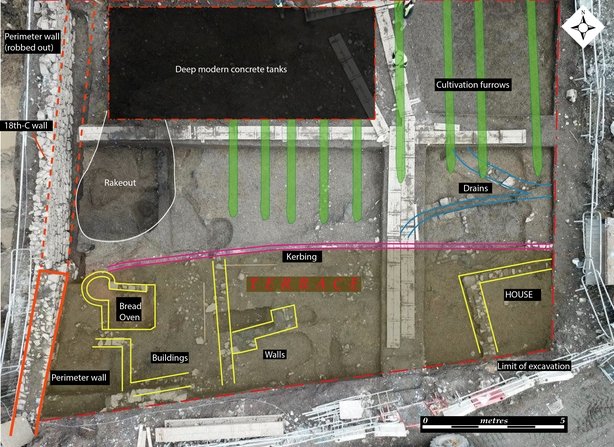Archaeologist hails ‘extraordinary’ Viking village find in Dublin
Researcher excavations have modified our understanding of the oldest Viking settlement in Dublin with a black pool or Dubh Linn which was considered to be much larger than originally expected.
The excavation alongside Dublin Castle has also revealed the oldest police cells in the city and a grave of punishment.
The excavation is taking place on Ship St near where the remains of one of Dublin’s oldest churches – St Michael le Pole that was founded in the 6th century – are known to be.

Archaeologist Alan Hayden from University College Dublin said the work has uncovered the cells from a police station on Chancery Lane built-in 1830, and beside it are walls from a medieval farm.
There are 12th Century quarries that provided the stone to build Dublin Castle and its walls.

The most important discovery yet is that Dubh Linn – the pool on the River Poddle where the Vikings first settled – was much bigger than originally thought.
At present, a garden inside Dublin Castle marks what was thought to make up most of the original Dubh Linn.
However, this excavation has established it was nearly 400 meters wider extending to the present dig site and where St Michael le Pole church stood.
Mr. Hayden says this solves two questions that have puzzled historians – why St Michael’s Church referred to ‘le pole’ or the pool and how reports that the Vikings had up to 200 ships on the Dubh Linn.

Niamh Donlon of the One Le Pole Square project says a development planned for the site will consist of a two-story convention center below six floors of office space.
It will incorporate the history of the site in its name.
The remains of the original St Michael le Pol church will be visible below a screen in a new public square and a tile from the church will be used in a new spa area.

Tom Wilson, the senior civil engineer with builders JJ Rhattigan, said the archaeological dig was already factored into the development and has not caused delays.
Meanwhile, Mr. Hayden says there was one unusual find – a burial of a man found outside the church cemetery with his hand and feet cut off. He said this was a medieval punishment for insulting a lord or king.





